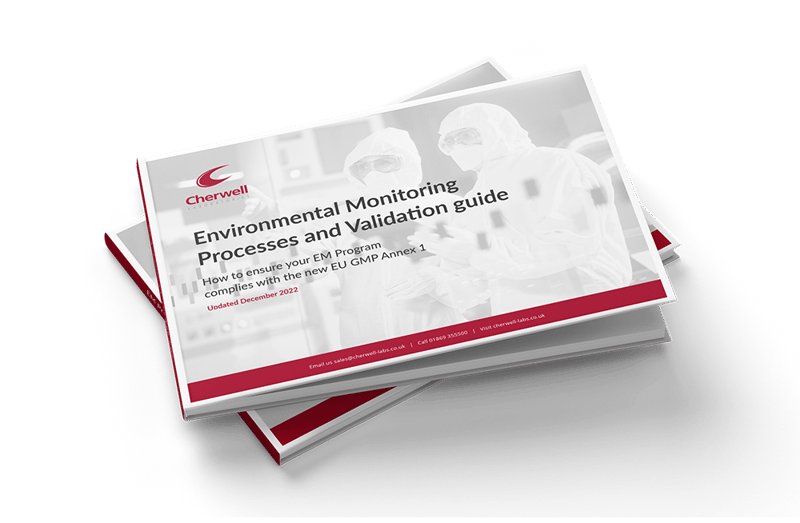Environmental Monitoring (EM) and food microbiology
 Food Quality & Safety Summit at the National Motorcycle Museum
Food Quality & Safety Summit at the National Motorcycle Museum
Following on from my blog last month, one of the reasons I attended this event was to brush up on my food microbiology. Many moons ago I started my microbiology career testing food samples at a sandwich manufacturer followed by a stint at an old PHLS laboratory doing the same. As interesting as the work was (I still look back at that time with fond memories) I was unsure whether I wanted to pursue food microbiology as a career. I then found a job in Pharma and the rest is history! I have always kept an eye on the goings on in food microbiology. Attending the Food Quality and Safety Summit gave me the chance to learn about some of the hot topics in food microbiology, including the challenges of Environmental Monitoring (EM).
Campylobacter - the importance of education
Paul Morris from Addmaster was talking about the hidden facts about Campylobacter. 80% of Campylobacter food poisoning cases are caused by raw poultry meat, and when you look at the hidden facts it should be of no great surprise. The latest figures from the Food Standards Agency show that 70% of chickens sold have detectable levels of Campylobacter in them. 7% of these have Campylobacter on the outer packaging surface. 63% of people have not even heard of Campylobacter so the importance of educating people about this pathogen is obvious. The importance of proper hand washing and using anti-bacterial packaging were ways of reducing the cases of Campylobacter food poisoning. The final sobering statistics in my notes were that an estimated three people per week die in the UK from it.
EM in the food sector
Sarah Westall from Autoscribe Informatics then talked about Environmental Monitoring in the food sector. Sarah started by talking about the common challenges of implementing an effective EM regime. The main point I took from her talk was a need for a shift in focus from merely screening to using EM for prevention (as is the case in pharma). Floors and drains require regular testing as this indicates the source of contamination with pathogens. The comparisons with Pharma are striking. The first indication of contamination issues in pharma are higher counts in lower grade areas. In the food industry detection of high levels of pathogens on the floor and in drains can indicate future problems in the food prep and packing areas.
The detection of biofilms via EM
The next talk was another subject with plenty of crossover with pharma – biofilms. Irene Ylls from iTram Hygiene in Barcelona began by saying biofilms are difficult to detect via EM as swabs may not break the Extracellular Polymeric Surface (EPS) of the biofilm. Beneath this protective layer are the bacteria. Because of this they estimated only 40% of biofilms can be detected via EM. Neil Brown from Freedom Hygiene Limited started talking about how to detect biofilms in the food industry. Getting past the sales pitch for a product designed to detect biofilms, this EPS layer is resistant to conventional detergents. The product being highlighted detects catalase and will stain the surface with the biofilm layer. The EPS layer can be removed by mechanical action or with an enzyme to decompose the EPS. Once removed the contaminating microorganisms can be removed with detergents.
I could write entire blogs about these three topics individually such was the level of detail that they were covered. There was steam coming out of my pen such was the haste I was writing my notes during these talks! It was great to get involved with food microbiology again and I look forward to attending a similar event in the future to further expand my knowledge in this field.
 Andrew Ramage
Andrew Ramage
Microbiology Product Specialist,
Cherwell Laboratories






